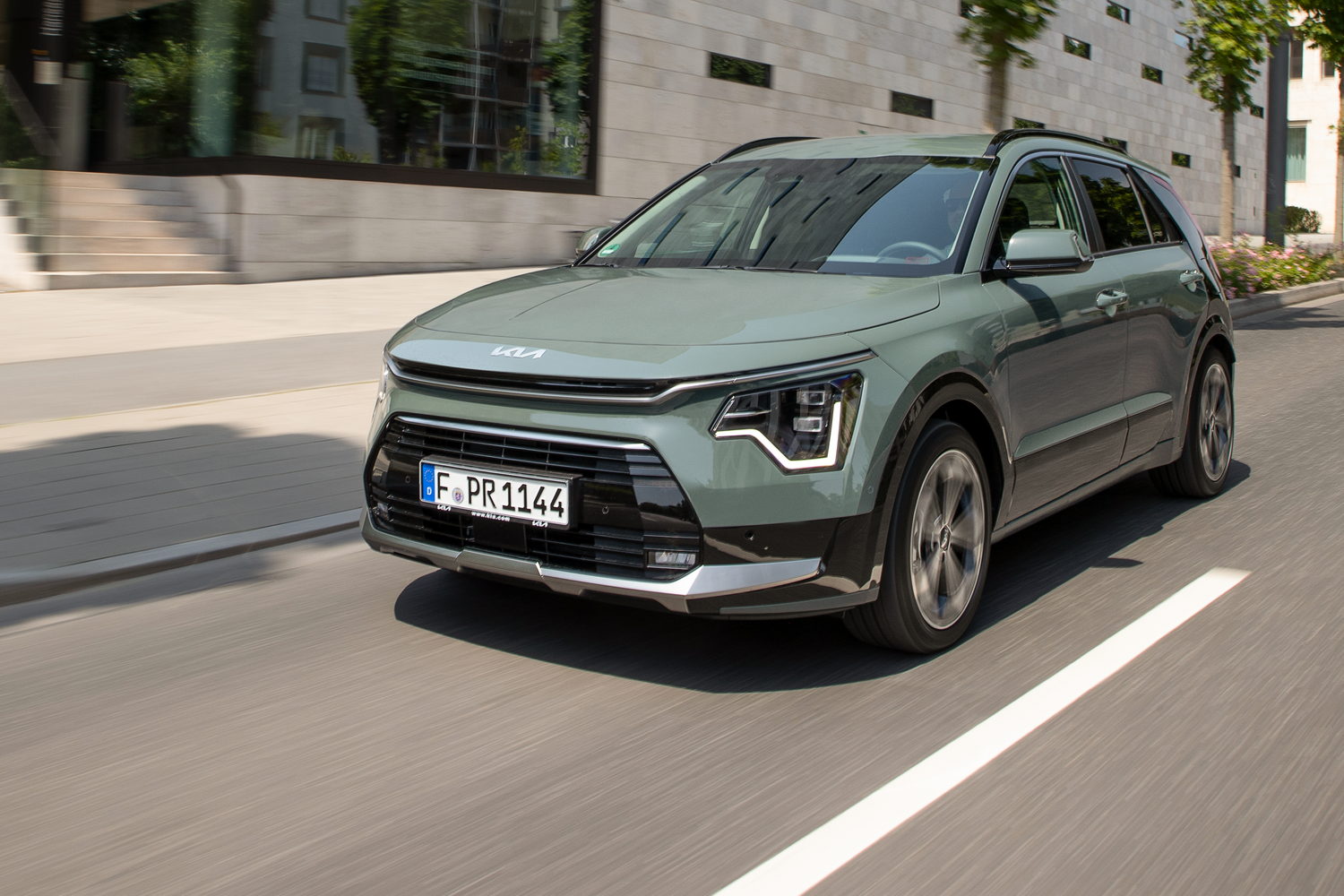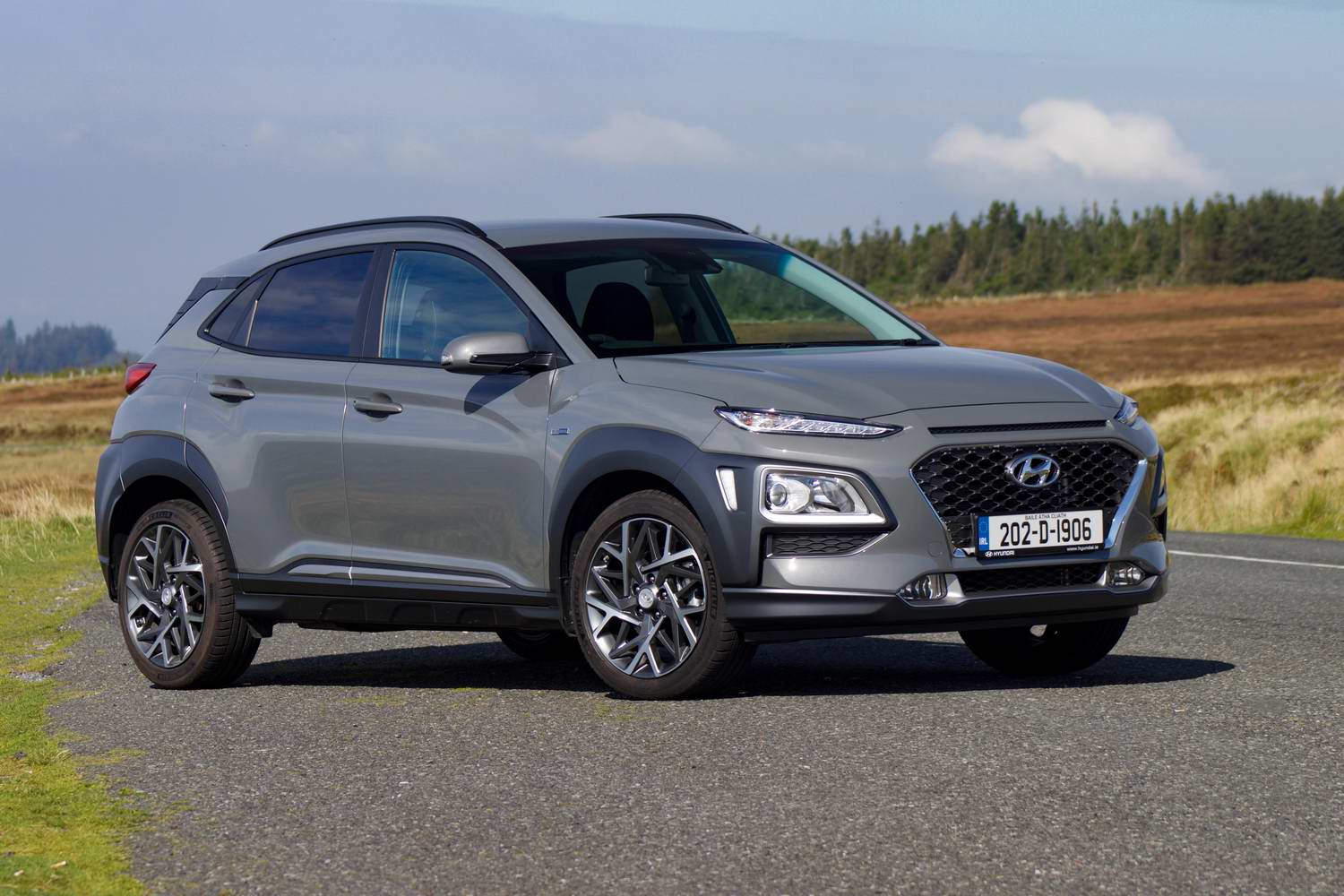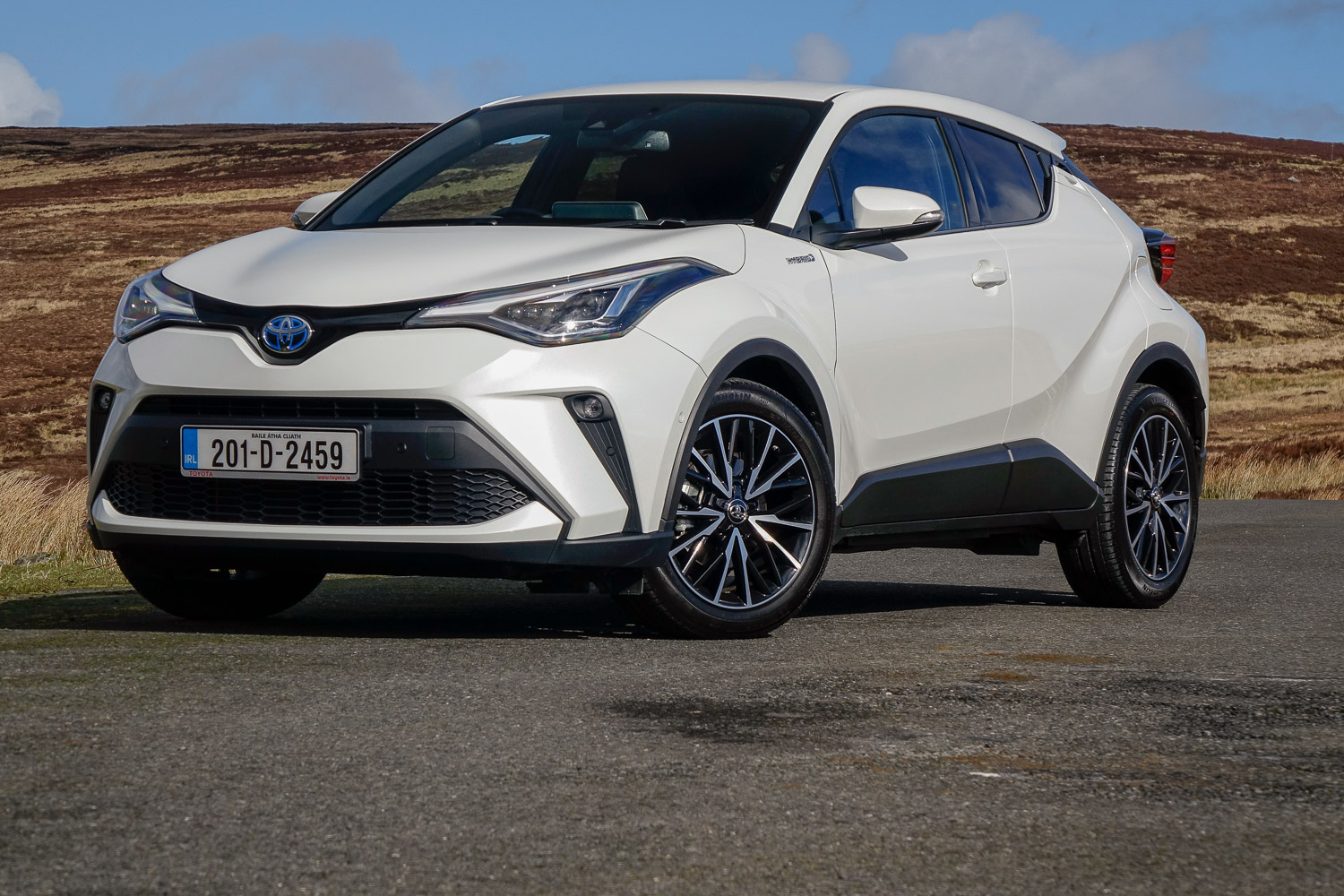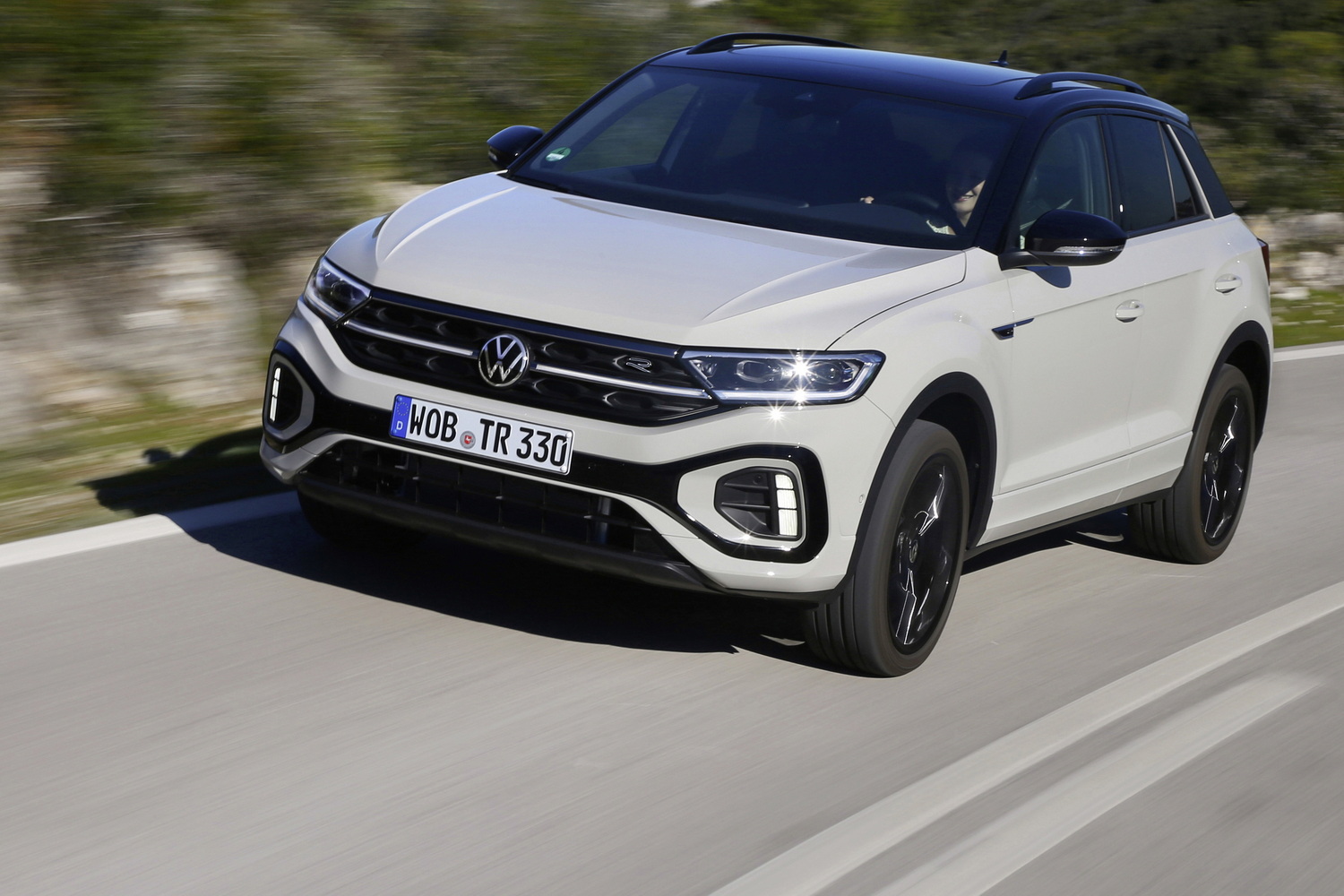From the moment it was launched in 2016, the Kia Niro rapidly became a popular choice among customers. Offering customers a choice of hybrid, plug-in hybrid and electric powertrains, the compact SUV mixed efficiency with practicality and desirability. The hybrid, or HEV, as it's now known, has always been the baby of the group, but with the introduction of a new-look Niro has the hybrid version matured?
In the metal
The new Niro clearly takes plenty of inspiration from the larger Kia Sportage where design is concerned, with lots of fresh features marking this out from the old car. There's an all-new front end with those striking daytime running lights and a two-stage grille, while there are big panels at the rear that can be specified in contrasting colours for those who like to stand out from the crowd.
It's a much more modern design, but it changes subtly between the different versions of the Niro. Whereas the electric model has its own grille with a charging port on the nose, the plug-in hybrid Niro PHEV's charging port is on its flanks, while this hybrid model, the Niro HEV, doesn't have a charging port at all. Of course, the easier way to tell the difference is simply to look at the badge on the back, but where's the fun in that?
Inside, the Niro has changed even more dramatically, with the adoption of interior features from the Kia EV6 electric hatchback. There are two digital screens, with one positioned in the centre to act as a conventional touchscreen infotainment system, while the other lies behind the steering wheel as a digital instrument display. Both systems work really well, with clear displays and easy-to-navigate menus, as well as an uncluttered navigation display. It isn't perfect, and it doesn't look quite as snazzy as some competitors' systems, but it works perfectly and it's more intuitive to use than most.
As well as the bank of displays, the Niro comes with another, smaller, touch-sensitive panel beneath the centre screen that works as a kind of hybrid heater and navigation control panel. There's a virtual toggle switch that turns the two physical dials from volume and radio tuning controls to heater settings. It's a convoluted system, but it works better than it sounds.
Quality is as we've come to expect from Kia, which is to say the build quality is excellent and materials are mostly good, although there are some cheaper plastics knocking about. They aren't usually found in places you'll touch often, though, so they're easily forgiven.
Another positive is the copious space on board the Niro, where you'll find acres of rear legroom and ample headroom, even for those of above-average height. There's a big boot, too, with 451 litres of space before you even think about folding down the back seats. That might be down a few litres on the electric Niro - the hybrid system's battery placement limits luggage space slightly - but it's an improvement on the Niro PHEV, which has more than 100 litres less space thanks to its larger battery pack. For some customers, that'll be a key consideration when choosing between the two cars.
Driving it
Under the bonnet, the Niro HEV has much the same powertrain as its predecessor: a 1.6-litre petrol engine and an electric motor, as well as a small 1.3kWh battery pack. That allows the car to run on electricity alone at low speeds or when manoeuvring, when the petrol engine would be at its least efficient. When the speed builds or the battery starts to run down, the engine takes over.
Despite effectively having two engines, the Niro HEV is the least powerful car in the Niro range, but 141hp ought to be enough in a car of this size. And so it is, but only just. Despite the electric motor offering instant torque, the Niro HEV isn't especially quick off the mark, and 0-100km/h takes a leisurely 10.8 seconds. That doesn't matter too much in the real world, but it's indicative of the hybrid system's weediness compared with its siblings. The 183hp Plug-In Hybrid and 204hp electric model are both a little more eager when getting away from a junction or when you put your foot down to overtake.
That said, the Niro HEV isn't too short of puff - it doesn't have any trouble keeping up with traffic - but it very much feels like an entry-level option. The advantage of that, though, is efficiency. Officially, the Niro HEV burns just 4.7 litres of petrol every 100km, although you might struggle to achieve that on a long run. This powertrain is designed to be at its best around town, where the electric motor can take over from the petrol engine more often and the stop-start nature of the traffic means there's plenty of opportunity for the regenerative braking system to charge the battery.
That fits with the Niro driving experience, which is also well suited to urban environments. The steering is light, and the automatic gearbox makes the car easy to drive in traffic, and visibility isn't bad either. Of course, not all of that is good news on faster roads - the steering doesn't inspire much confidence in faster corners, for example - but that won't matter too much to most Niro customers.
Slightly more concerning is the ride, which is much more supple in the electric and plug-in hybrid versions of the Niro than in this HEV model. It isn't uncomfortable, but it feels unsettled over any kind of broken surface, which gives you the impression that there's very little grip. For the most part, that isn't true - the car grips fairly well on smoother roads and the body doesn't lean too much in corners - but it's a disconcerting sensation.
What you get for your money
Kia Ireland has not yet confirmed prices for the Niro Hybrid so we'll update this section when we hear more. For reference, the plug-in hybrid model starts at €38,500 and the fully-electric Niro EV is €45,715.
Summary
In many ways, the hybrid Niro is the least convincing model in the range. It's less refined than the plug-in hybrid and electric versions, and it feels less stable and settled on the road. But although the Niro PHEV or Niro EV will make much more sense for many customers, the hybrid is still a spacious, modern and well-built family SUV that can easily mix it with the competition, especially for buyers that can't easily plug a car in to charge it up.




























